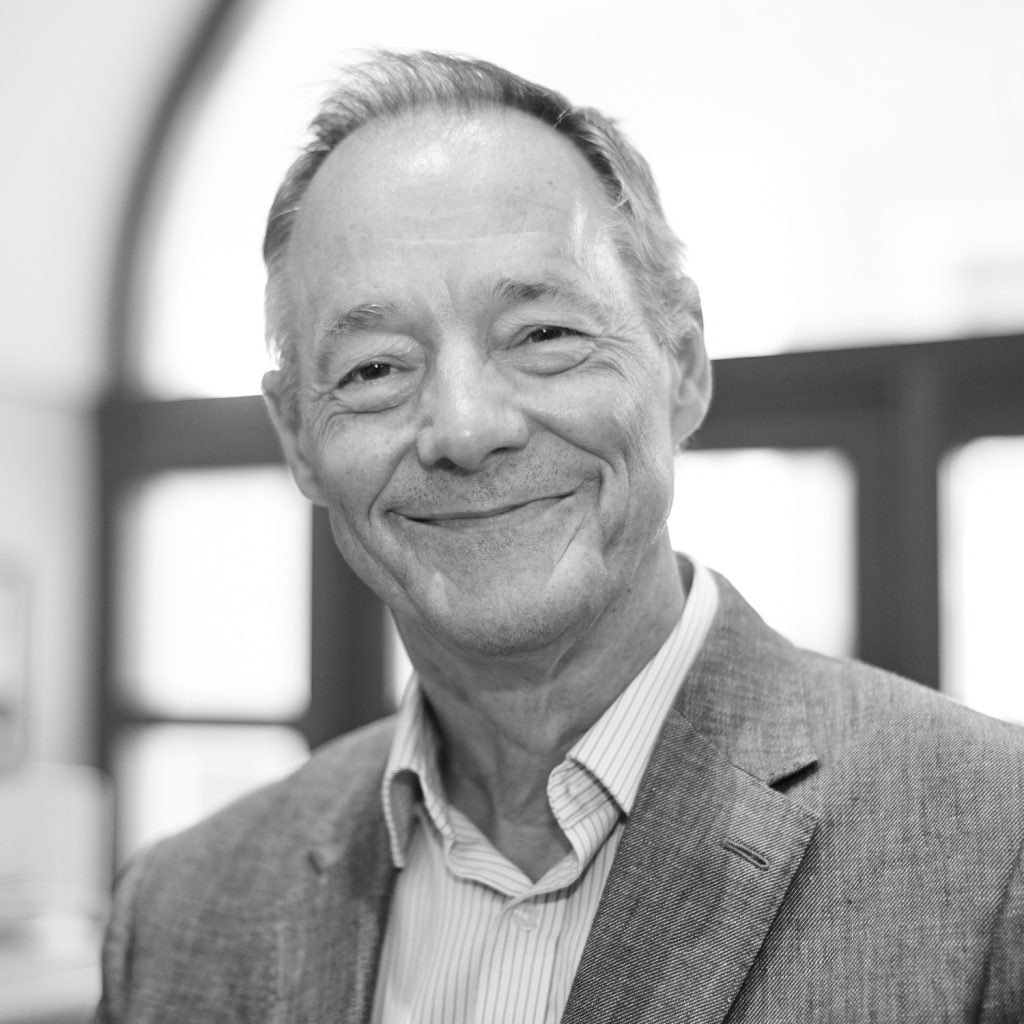Keeping the future in sight
By Paul
The first time I took the notorious 3-hour sea crossing from Penzance to the Isles of Scilly, I overhead some sound advice from a fellow passenger: “Don’t look sideways, and keep your eye on the horizon.” While those in the saloon below were much the worse for wear soon after we left the shelter of Land’s End for the open Atlantic, I remained on deck. Although it was hard at times to stay upright, I’m relieved to say I weathered the awe-inspiring swell.
As a metaphor for our experiences in 2020, this got me thinking about what, when and how those in leadership roles in universities can be at their best in supporting their fellow travellers and crew.
Early on in the first pandemic lockdown there were clear tensions: between the strategic challenges facing universities, and the sheer quantity of urgent necessities to resolve.
Sometimes it’s only possible to see the cyclone. Edmund Burke wrote “The ocean is an object of no small terror.” For a while the storm force feels overpowering. It becomes impossible to retain sight of the horizon. What more graphic example could there be of some of the differences between management and leadership?
Getting through the shifting challenges of the past year has meant drawing on all our knowledge and experience to put what’s in our management toolkit into practice – to say the least!
Existing phrases in English are scarcely sufficient to reflect the scale of what we’ve had to deal with, but it’s all there:
navigating through turbulent change,
reinventing online teaching, learning and assessment,
implementing virtual support and guidance for our students and colleagues.
And all of these practically overnight. In our role as managers, we’ve needed to work with others to find quick answers and solutions.
At times, the leader in us might have been difficult to identify, amid the sound and fury of just getting things done. Yet here is where the real opportunity lies to make and sustain true connections with those we lead.
Asking the questions that help people to lift up their eyes towards what comes after the storm;
creating a view together of what your faculty or team will do and how it will work in the future;
keeping up levels of energy and quality of thinking so that there is a common horizon to head towards.
All these are part of our task as leaders. Being able to help colleagues build hope together is also a source of growth and renewal, for all involved.
As the actress Ethel Barrymore said, “You must learn day by day, year by year to broaden your horizon. The more things you love, the more you are interested in, the more you enjoy, the more you are indignant about, the more you have left when anything happens.”
“You must learn day by day, year by year to broaden your horizon. The more things you love, the more you are interested in, the more you enjoy, the more you are indignant about, the more you have left when anything happens.”
Ethel Barrymore
Something certainly has happened. We may all have discovered more in our inner fuel tanks than we had ever expected.
How do we go about broadening that horizon, and what does it look like?
 Your activity
Your activity
At the start of this programme, we asked you to draw a map of the world of your leadership. We’d now like to ask you think more broadly: of all those who your department or team will seek to engage in the future.
Take up to 20 minutes to create a visual portrayal of what will have changed in the future, in any way that makes sense to you. It might take the form of a mind map or poster.
Please be ready to share this with others in the next online session.
 Resources
Resources
A selection to read, watch or listen to, to help find a new perspective.
- Read How great leaders create and share a positive vision by Jon Gordon for Medium 6 mins

Dr Paul Gentle
Paul is the Academic Director at Invisible Grail. A leadership expert, Paul has dedicated the last twelve years to creating and delivering leadership development programmes in higher education.